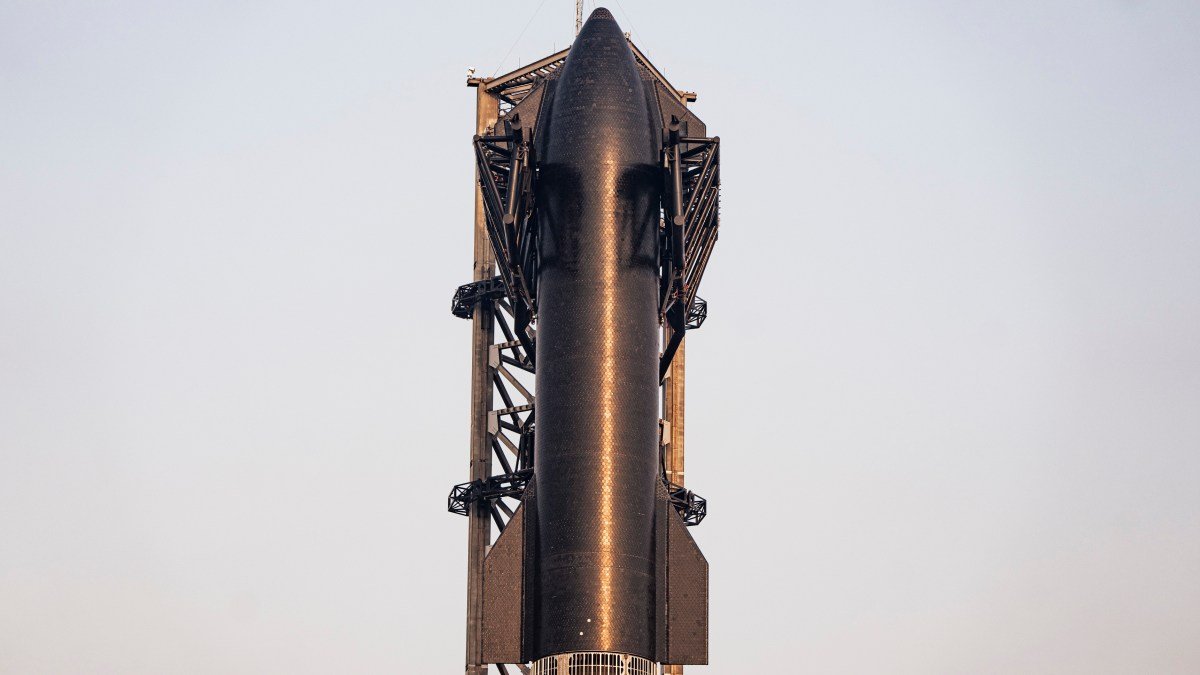SpaceX has once again proven the power of real-world flight testing. In its latest launch, the company achieved a significant milestone in its Starship campaign, successfully bringing back both the booster and upper stage in controlled ocean splashdowns.
This achievement is crucial to SpaceX’s long-term goal of developing the first fully reusable rocket in history. As the saying goes, to reuse you must first recover, and SpaceX is showing that it has what it takes to do just that with the Starship.
The ultimate objective is to have both the Super Heavy booster and the Starship upper stage return to Starbase, the private launch and development site of SpaceX in southeast Texas. There, they will perform vertical landings on solid ground. The controlled ocean splashdown is just the first step towards making this vision a reality.
SpaceX has already made history as the first company to reuse a rocket component that has been to space. However, even its reliable Falcon 9 rocket is only partially reusable, with the second stage being discarded in orbit.
On the fourth launch of the Starship test campaign, the spacecraft lifted off from Starbase at 8:50 AM CT. SpaceX intends to use the rocket to launch heavier versions of its Starlink satellites, transport NASA astronauts to the moon, and ultimately establish a multi-planetary existence.
The test progressed remarkably smoothly, despite this being only the fourth time the massive Starship has been launched into orbit. Only one of the 33 Raptor engines on the Super Heavy booster malfunctioned, and SpaceX executed its innovative “hot-staging” stage separation technique. As the engines on the upper stage ignited while still attached to the booster, the hot-staging technique effectively “pushed” the booster away. Furthermore, for the first time, SpaceX managed to successfully detach the “hot stage ring” between the Starship and Super Heavy, reducing the weight of the returning booster.
Shortly after launch, the booster successfully splashed down in the Gulf of Mexico. About an hour later, Starship followed suit, surviving the intense heat from the hypersonic speeds of reentry and ultimately splashing down in the Indian Ocean.
Super Heavy has successfully splashed down in the Gulf of Mexico.
– SpaceX (@SpaceX) June 6, 2024
During the test, SpaceX engineers replaced one of the 18,000 heat shield tiles on the ship with a thinner version and removed two tiles entirely. This allowed them to “measure how hot things get without tiles in those locations, while also testing some thermal protection options,” according to the company. Additionally, SpaceX CEO Elon Musk later revealed on Reddit that the ship had successfully splashed down despite a damaged flap and the loss of “many tiles.” Musk had previously acknowledged that the heatshield system posed the biggest challenge in the development of Starship.
The progress of Starship has been significant since its first orbital test flight in April 2023. That launch resulted in the mid-air explosion of both components of the rocket, as well as numerous engine malfunctions. Each subsequent test has pushed the boundaries further, with the Starship finally reaching orbit for the first time in the third test this past March. During that test, SpaceX also demonstrated critical capabilities for delivering payloads to space, such as opening and closing the payload door.








